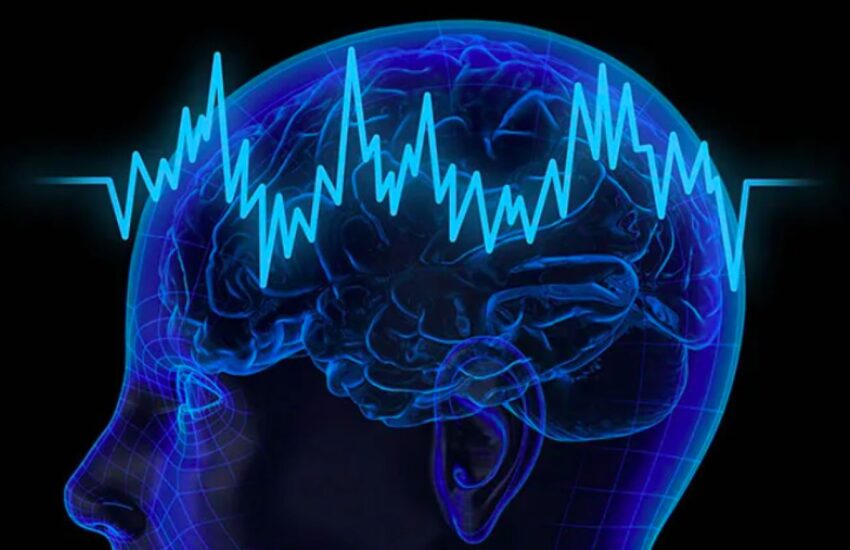Have you ever put your keys down and then completely forgotten where to find them? The brain has to work hard to protect information in your working memory from distractions. How this process works has, until recently, been unclear. A study published in Nature looked at the interactions between the front part of the brain that controls thoughts and the hippocampus, which is important for memory. They found that individual brain cells are influenced by the theta and gamma brain waves passing between these two parts of the brain and those cells have a role in cognitive control. These findings give fresh insights into how the brain manages memory, with implications for those who wish to improve their attention, decision-making, or memory retrieval.
What is working memory?
Working memory is a type of short-term memory that temporarily stores and manipulates information needed for cognitive tasks such as learning, reasoning, and comprehension. It acts as a mental workspace where information is held and processed before being encoded into long-term memory or forgotten.
Working memory is limited to holding a small amount of information (around seven items) for a brief period ranging from a few seconds to several minutes, depending on the task and the individual’s cognitive abilities. Working memory coordinates the simultaneous storage and processing of information from multiple sources and plays a crucial role in higher cognitive functions like problem-solving, decision-making, and following instructions.
How does the brain make memories?
The brain makes memories through a complex process involving multiple brain regions and mechanisms. Memories are initially encoded in the hippocampus region of the brain. This process involves strengthening the connections (synapses) between neurons through repeated stimulation.
The hippocampus and the prefrontal cortex are two important brain regions in memory formation. During memory formation, the hippocampus and prefrontal cortex communicate via brain waves of different frequencies (beta and theta). Beta waves reinforce correct associations, while theta waves weaken incorrect ones, guiding what the brain learns.
The coordination of interactions between the hippocampus and prefrontal cortex is called theta-gamma phase-amplitude coupling. They work together, creating a certain rhythm. Theta waves are slower while gamma waves are faster. They are synched so that when one gets stronger, so does the other. This coordination may facilitate neural dynamics for memory and cognitive processing, integrating local sensory information processing with brain-wide cognitive control.
Studying working memory and memory retrieval
To understand the ways neurons involved in theta-gamma phase-amplitude coupling influence memory and thinking, a team of researchers at Cedars-Sinai Medical Center, Toronto Western Hospital, and Johns Hopkins Hospital, conducted a study on 36 epilepsy patients undergoing surgery for drug-resistant epilepsy using magnetic resonance imaging and electroencephalograms.
In the task, participants observed 140 rounds of different pictures. Each round started with a cross, and then one or three pictures appeared for the patient to remember. They had to hold them in memory when prompted, and later identify if a new picture matched any from that round by pressing a button.
Each session used new pictures from various categories like faces, animals, and cars, ensuring freshness. Harder rounds challenged patients with three pictures instead of one, maintaining consistent time limits for memory recall. Mixing categories prevented reliance on familiarity, encouraging active memory use over recognition.
Electrodes with at least eight wires recorded brain activity across various frequencies. The researchers examined how phase-amplitude coupling varied from trial to trial; they identified specific neurons that were sensitive to different categories of visual stimuli presented during the task that helped explain how individual neurons responded to specific types of images.
Findings and Implications
The study reveals a direct link between theta-gamma phase-amplitude coupling and the firing patterns of single neurons. Neurons showing phase-amplitude coupling synchronize with frontal theta waves, particularly when working memory load is higher, leading to faster reaction times. This suggests that phase-amplitude coupling neurons play a role in cognitive control.
To accurately retain and access memories is the main goal of cognitive control. The study demonstrated that phase-amplitude coupling neurons contribute to this process by introducing noise correlations, which improves information content at the population level. Noise correlations enhance the decodability of working memory content, particularly when involving phase-amplitude coupling neurons.
The findings of this study support a model where frontal control processes regulate working memory maintenance in brain areas like the hippocampus. The interactions between phase-amplitude coupling neurons in the broader theta-gamma phase-amplitude coupling phenomenon represent a general mechanism for top-down control in various cognitive functions beyond working memory such as attention, decision-making, speech comprehension, and long-term memory retrieval.
Understanding the memory process can lead to the development of therapies for conditions involving memory deficits or those suffering from neurological disorders. It can also lead to strategies for enhancing cognitive performance by targeting specific neural mechanisms involved in memory and cognitive control and optimizing learning and memory retention in academic settings. In summary, the study examines the connection between brain waves, cognitive control, and memory, offering promising ways to understand the neurological basis of cognition as well as opportunities to develop innovative interventions to enhance memory and cognitive function.

